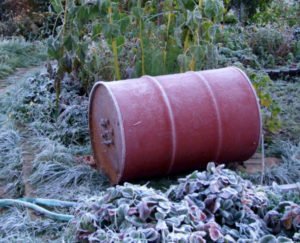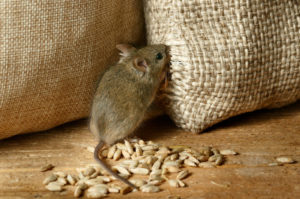Lime fertilizers
Different types of lime fertilizers have different characteristics-granulometric and chemical compositions. As a result, they have different effectiveness and have different effects.
There are several types of lime fertilizers.
- Industrial fertilizers (chalk, limestone, dolomitized limestone, limestone dolomite, and dolomite) are sedimentary rocks of ancient seas containing calcite (CaCO₃) and magnesite (MgСO₃). The differences are in the amount of magnesium — there is almost no magnesium in chalk, and up to 50% in dolomite. The more Mg in the composition, the rock is more durable and less soluble. But such fertilizers are more valuable-just because of the presence of an element necessary for crops growing on light soils.
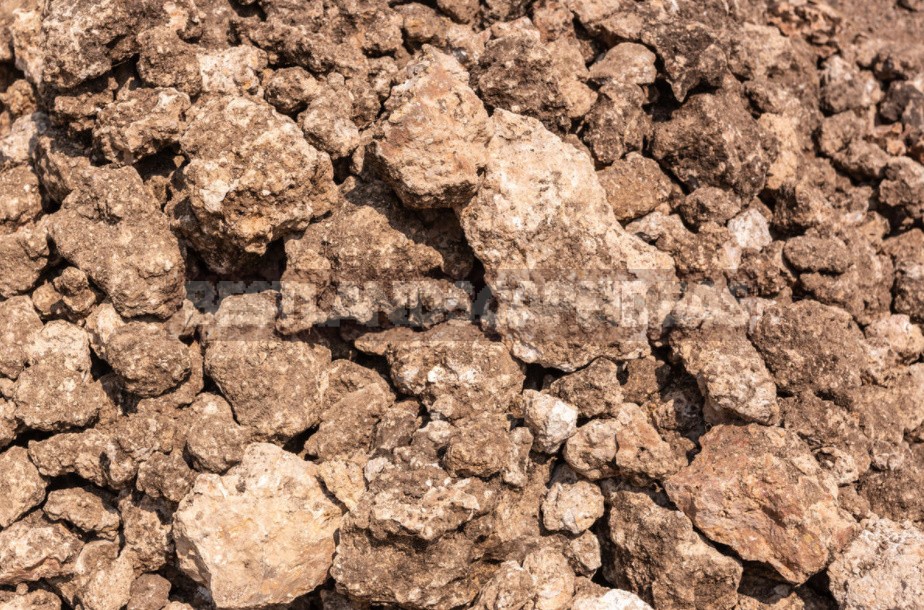
From hard calcareous rocks, lime and dolomite flour is obtained by crushing, burnt quicklime is obtained by calcining limestone, and slaked lime is obtained by the interaction of quicklime with water. Chalk shows its neutralizing properties faster than lime flour. Lime has a great neutralizing ability, and in quicklime it is almost 1.5 times higher than in chalk and lime and dolomite flour. Lime acts as quickly as chalk, but rather washed out, so the duration of the work of this fertilizer is less.

- Lime fertilizers of local origin are gage (lake lime), lime tuff (key lime), marl, peat tuff, natural dolomite flour.
Lake and key lime, marl and peat tuff are deposits of fresh water bodies rich in calcium. Natural dolomite flour is the result of erosion of the dolomites, found in their places of occurrence. These rocks are soft, do not require grinding, and their action after application begins faster than that of limestone or dolomite flour. But their neutralizing power is lower. Marl is recommended for liming light soils, and peat tuf-for applying to soils poor in humus.
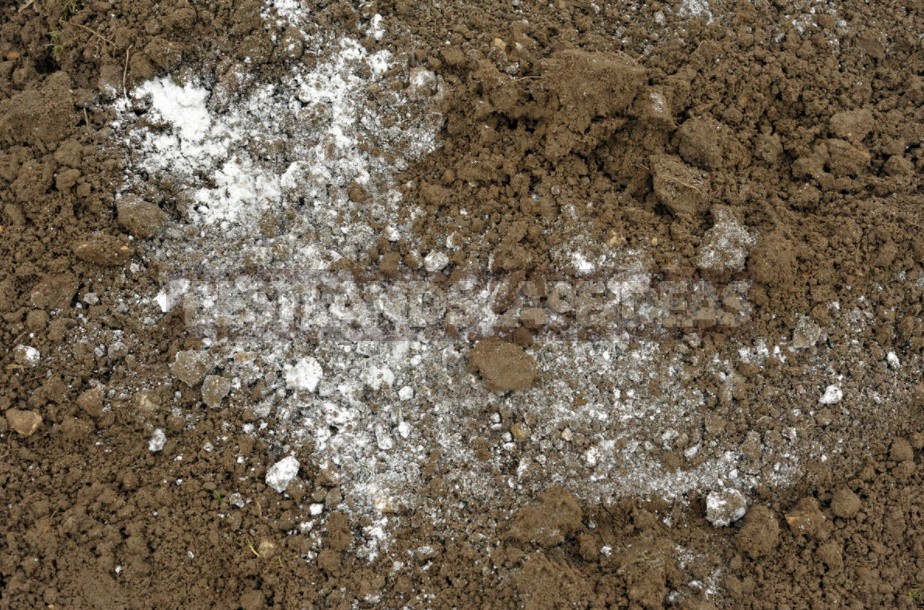
- Industrial waste, rich in Ca and Mg, in the form of oxides, silicates, carbonates. These include: defecate (waste from the production of beet sugar), blast furnace slags and slurries (waste from the steel and metallurgical industries), shale ash, slaked lime (waste from the production of bleach), cement dust, belite flour (waste from aluminum production), waste from the pulp and paper industry, nepheline flour (waste from the processing of apatite), and so on.
Defecate is a valuable lime fertilizer, because, in addition to caco₃, it contains organic substances, as well as nitrogen, phosphorus, potassium and some trace elements. But lime fertilizers from defecation mud are difficult to buy — they are most often used in places of industrial cultivation of sugar beet, which strongly reacts to the acidity of the soil, because sugar production plants are also located there.
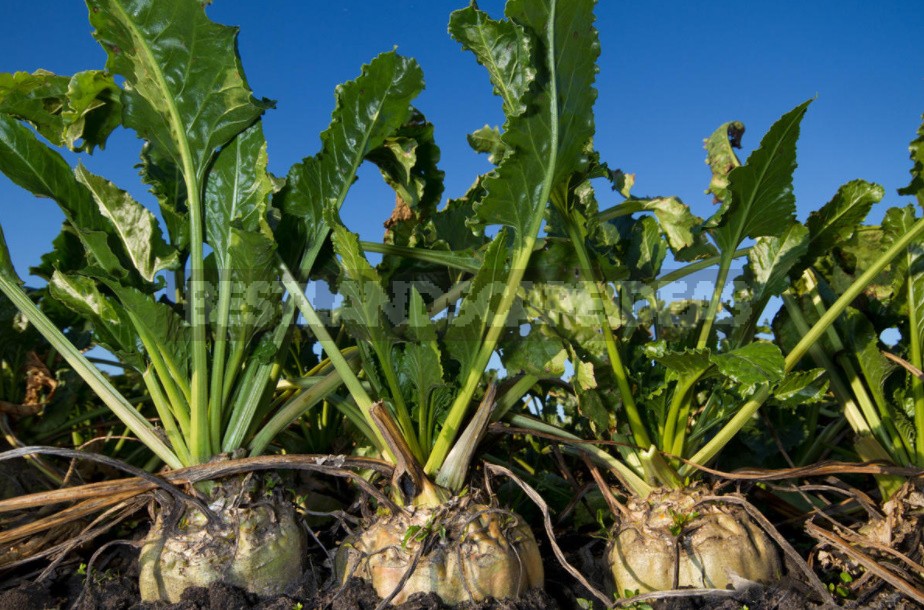
Shale ash obtained from burning oil shale is also valuable. This fertilizer has a fairly high degree of acid neutralization, and also contains Mg, P, K, S. Minus-Ca and Mg in shale ash are mainly contained in the form of silicates, so the effect of the fertilizer is slower. In general, according to research, shale ash, as well as cement dust, is 15-39% more effective as a fertilizer than the ubiquitous dolomite flour. When using waste from the steel industry, it is necessary to take into account the possible presence of heavy metals in them.
How to use lime fertilizers
Lime fertilizers-long-acting tuks. Depending on the degree of acidity, the mechanical composition of the soil, the cultivated crops, experts say about 5-10 years. The application of lime fertilizers is usually timed to the rotation of the crop rotation, applying them before the crops that most acutely react to increased acidity: beets, cabbage, legumes, carrots, celery, cucumbers, onions.
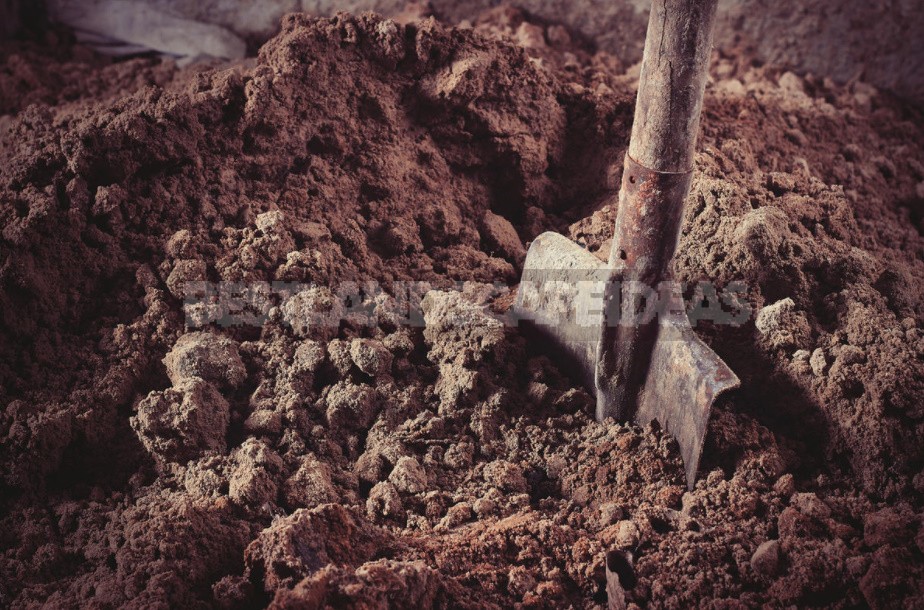
Before applying lime fertilizers, you must first determine their rate. Significant crop gains can be expected when using calcium supplements on very acidic and acidic soils. In addition to high acidity, liming is necessary when the content of iron, aluminum and manganese is high, as well as when man-made pollution occurs.
Approximate norms are as follows:
- on sandy loam and light loamy soils that are in great need of liming (pH < 4.5) — 800-900 g/m², on medium and heavy loamy soils-900-1200 g/m²;
- with an average need (pH from 4.6 to 5.0), you can do with a half dose-600 g/m² for light soils and 800 g/m² for heavy ones;
- at low (pH from 5.1 to 5.5) – 200 and 400 g / m², respectively.
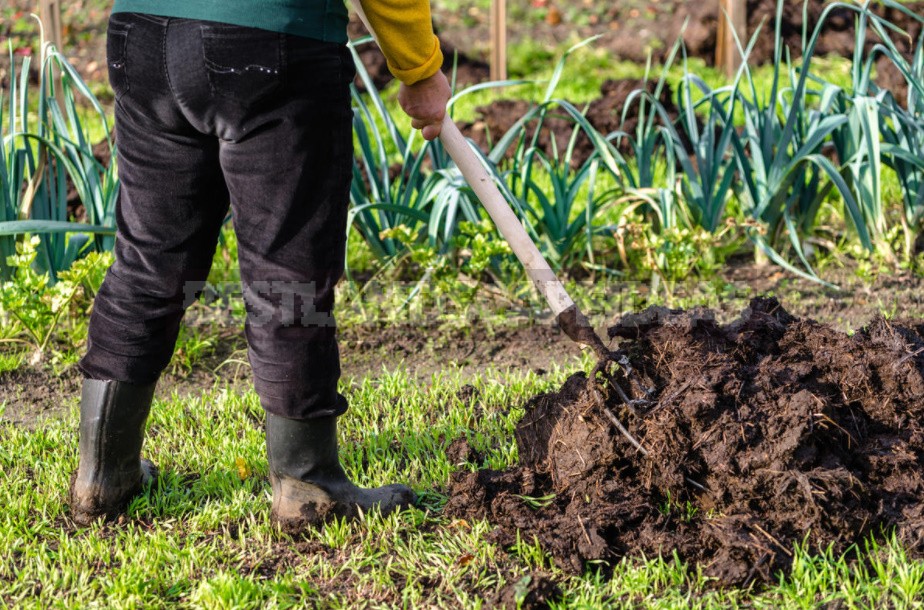
It is possible to carry out liming at any time of the year — but it is more competent to give a full dose in the spring in one step together with a deep digging of the soil. Deoxidation will be more effective with simultaneous fertilization with organic or mineral tuks. Fertilizers should be evenly distributed throughout the arable layer, so you can not use damp, crumpled materials. To reduce dusting, it is better to do liming work in calm weather.
Between the planned introduction of full doses of lime additives to reduce the acidic effect of mineral fertilizers, small amounts of lime are also applied at the same time. To neutralize 1 kg of ammonium sulfate, ammonium nitrate and superphosphate, 1.3, 1 and 0.1 kg of lime fertilizers are required, respectively. If liming is carried out before planting potatoes or root crops, it is necessary to add boron together with fertilizers containing calcium. On peat soils — copper-containing preparations. When liming, it is necessary to increase the dose of potassium supplements, because calcium comes into conflict with potassium.

Liming is an important agricultural technique. Adding the right additives not only reduces the acidity, but also improves the structure and absorption capacity of the soil, sanitizes it, preventing the development of fungal diseases and improving the activity of bacterial microflora. The necessary doses of basic mineral fertilizers are reduced due to the better assimilation of nutrients by plants, the quality of fruits — taste, keeping quality and transportability-is improved. Good harvests to you!

